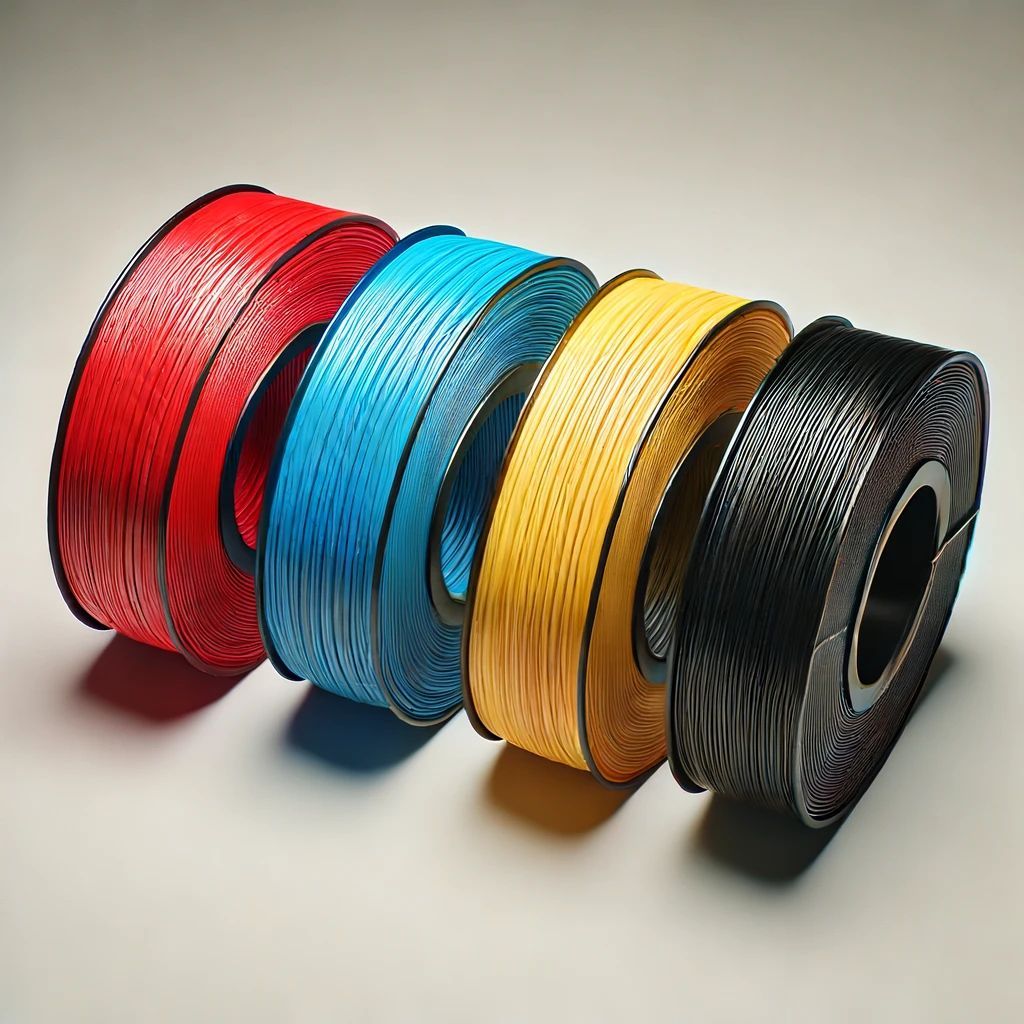Selective Laser Sintering: A Revolution in 3D Printing

In the dynamic realm of 3D printing, innovation knows no bounds. Among the various techniques, Selective Laser Sintering (SLS) stands as a groundbreaking technology that has fundamentally transformed manufacturing processes across a multitude of industries.
Understanding Selective Laser Sintering
What is SLS?
Selective Laser Sintering, often abbreviated as SLS, is an additive manufacturing technique that employs a high-power laser to fuse minuscule particles of powdered material into a solid three-dimensional structure. In essence, it's akin to sculpting objects layer by layer, and this unique approach bestows it with remarkable versatility and adaptability.
How does SLS work?
SLS commences with a bed of powdered material, which can encompass an array of substances, including plastics, metals, or ceramics. A pivotal aspect of SLS is the utilization of a high-energy laser, which is precision-guided to selectively sinter (fuse) the particles together.
This intricate process unfolds in strict accordance with a 3D computer-aided design (CAD) model, which serves as the blueprint for the creation.
This laser-induced sintering process repeats, layer after layer, until the final object takes tangible form.
Advantages of SLS technology
The utility of SLS is underpinned by an impressive array of advantages that it offers. One of its most notable features is its capability to fabricate complex geometric shapes with astonishing intricacy. Unlike traditional subtractive manufacturing methods that often generate substantial waste, SLS stands out for its minimal waste generation, making it an eco-friendly choice.
Furthermore, SLS excels in crafting parts with exceptional strength and durability, ensuring that the end products meet rigorous performance standards.
Applications of SLS
SLS has witnessed a wide-ranging application across various industries:
- Automotive Industry: In the automotive sector, SLS finds extensive use in prototyping and the production of lightweight, durable automotive components. This not only accelerates the design and development phases but also ensures the production of parts that meet stringent performance requirements.
- Aerospace Industry: The aerospace industry has harnessed the capabilities of SLS for crafting aircraft parts and intricate engine components. The inherent precision and strength of SLS-produced parts contribute significantly to the reliability and safety of aerospace systems.
- Medical Field: Within the realm of healthcare, SLS plays a pivotal role in the creation of customized prosthetics, implants, and prototypes for medical devices. This personalized approach enhances patient care and medical outcomes.
- Consumer Products: SLS extends its creative reach to the realm of consumer products, where it is utilized to fashion a plethora of items, from intricately designed toys to functional household objects. Its adaptability makes it a preferred choice for experimenting with novel product designs.
- Architectural Models: Architects and designers leverage SLS to breathe life into their visions by creating intricate architectural prototypes and models. This enables stakeholders to visualize and refine designs with precision.
Materials Used in SLS
The success of SLS largely hinges on the variety of materials it can accommodate. SLS can work harmoniously with a broad spectrum of materials, including but not limited to nylon, aluminum, and glass-filled plastics.
The choice of material is contingent upon the specific application and the desired properties of the end product. This flexibility sets SLS apart from other 3D printing methods, as it can cater to a diverse array of needs.
The SLS Process
The intricate dance of SLS unfolds through precise control of the laser's power and movement. The laser's potency and precision are paramount, ensuring that each layer is meticulously crafted, resulting in structural integrity and exceptional accuracy.
This aspect of SLS stands in stark contrast to traditional manufacturing methods, where such precision often comes at the cost of time. SLS, on the other hand, offers shorter lead times and significantly reduces material waste.
Benefits of SLS in Prototyping
One of the most notable advantages of SLS lies in its efficacy in rapid prototyping. Engineers and designers can embrace a culture of experimentation and innovation by quickly iterating and refining their designs.
This not only expedites the product development cycle but also translates into substantial cost savings. In essence, SLS serves as an invaluable tool in the journey from concept to final product.
SLS in Custom Manufacturing
The modern era heralds a shift toward customization as a core tenet of manufacturing. SLS aligns seamlessly with this paradigm by facilitating on-demand, custom production of parts. This obviates the need for maintaining vast inventories, reducing storage costs, and the risk of obsolescence.
Moreover, SLS enables companies to tailor their products to meet the unique needs of individual customers efficiently. This level of personalization resonates with consumers who seek products designed with their specific preferences in mind.
Challenges and Limitations of SLS
While the advantages of SLS are noteworthy, it's imperative to acknowledge the challenges and limitations that come with this technology.
Post-processing Requirements: Achieving a smooth surface finish often necessitates post-processing efforts. This additional step, while crucial for certain applications, can extend the production timeline and incur additional costs.
Material Limitations: Despite its material versatility, not all materials are compatible with SLS. Some applications may require specific material properties that are not readily achievable with SLS.
Cost Considerations: The acquisition and maintenance of SLS machines can be relatively expensive. Smaller businesses or startups may need to carefully weigh the costs against the benefits when considering SLS adoption.
Sustainability in SLS
Sustainability is a pressing concern in modern manufacturing. SLS contributes positively to sustainability efforts in several ways:
Minimizing Material Waste: SLS is renowned for its minimal waste generation, as it utilizes only the material required for the object being printed. This stands in stark contrast to traditional manufacturing, which often results in substantial material wastage.
Recycling and Reusing Materials: Another eco-conscious facet of SLS is the potential for recycling and reusing materials. The ability to recycle unsintered powder and repurpose it in future prints aligns with broader sustainability goals.
Future Trends in SLS
The future of SLS is promising, with several trends shaping its trajectory:
Emerging Technologies: Ongoing research and development are pushing the boundaries of what is possible with SLS. This includes advancements in printing speeds, expanded material options, and enhanced precision.
Integration with Industry 4.0: SLS is poised to play an integral role in the Industry 4.0 landscape. Integration with concepts such as the Internet of Things (IoT) and automation promises to open doors to mass production possibilities. This convergence of technologies is anticipated to enhance efficiency, reduce errors, and facilitate real-time monitoring of the manufacturing process.
Potential for Mass Production: While SLS is traditionally associated with prototyping and small-batch production, future advancements could pave the way for its integration into large-scale manufacturing. The ability to combine the precision of SLS with the economies of scale holds immense potential for revolutionizing the manufacturing landscape.
Conclusion
Selective Laser Sintering has not only revolutionized manufacturing and design but also transcended boundaries to become a cornerstone of innovation. Its adaptability, precision, and sustainability have positioned it as a transformative force across industries.
As technology continues to evolve, the potential of SLS remains boundless, promising new avenues of creativity and efficiency.
This expanded article delves deeper into the intricacies of Selective Laser Sintering, shedding light on its myriad applications, material versatility, and the challenges it may entail.
It also underscores the technology's pivotal role in fostering sustainability and explores the exciting future trends that await in the world of SLS












